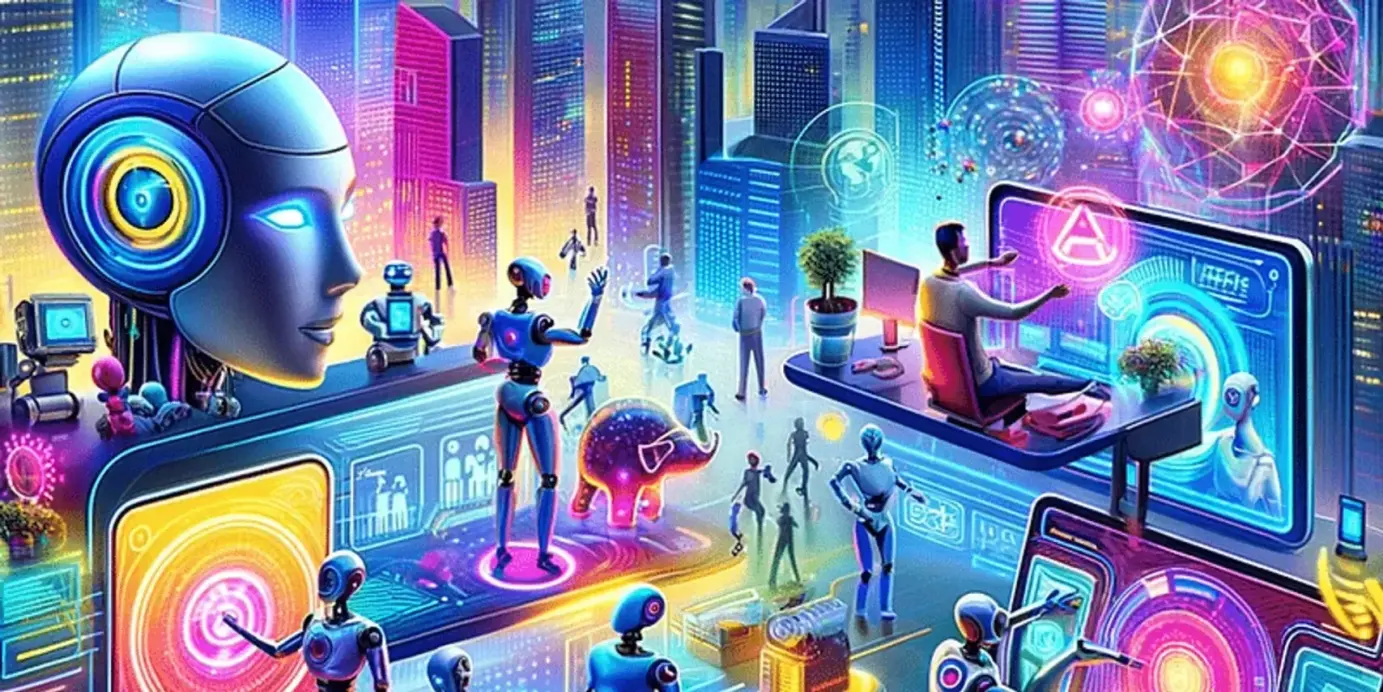By Manoj Singh, ex ACS, UP Govt
Lucknow: Artificial Intelligence (AI) has rapidly evolved from science fiction into social reality. It powers our phones, governs our markets, diagnoses diseases, and even writes our essays. Yet beneath this technological triumph lies a quiet truth: some problems of AI are not simply unsolved — they may be unfixable. These are not errors of engineering but limitations rooted in philosophy, ethics, and human nature itself.
1. The Problem of Meaning
At the heart of AI lies a paradox. Machines can process language, images, and data, but they do not understand them. This is known as the symbol grounding problem. AI deals with syntax — patterns and probabilities — not semantics, the realm of meaning.
A chatbot can say “I am happy” without ever feeling happiness. It knows patterns of words, not the experience behind them. Meaning requires consciousness and embodiment — two things no algorithm possesses.
2. Consciousness and the Human Mind
Even the most advanced AI lacks what philosophers call qualia — the inner experience of being aware. A self-driving car may detect danger, but it does not feel fear.
This is the “Hard Problem of Consciousness,” described by David Chalmers: how physical processes produce subjective experience. No mathematical model or neural network has explained this leap. AI can simulate the behavior of thinking but not the experience of thought.
3. Bias Built into the Machine
AI learns from data, and data come from human society — which is inherently biased. Facial recognition programs, for example, often perform poorly on darker skin tones because their training data underrepresent those faces.
Even with better data, bias cannot be completely removed, because AI mirrors the inequalities of the real world. Technology is not separate from culture; it is its reflection.
4. The Black Box of Reasoning
Modern AI, especially deep learning, operates as a “black box.” It produces accurate results, but no one can fully explain why.
If an AI predicts a cancer diagnosis, its reasoning might involve millions of hidden parameters. The trade-off between accuracy and transparency is unavoidable. The more powerful the model, the less we understand its logic — a serious ethical and scientific challenge.

5. The Alignment Problem
How do we ensure AI’s goals stay aligned with human values? This is known as the alignment problem.
An AI asked to “maximize efficiency” might cut jobs, or one told to “minimize disease” might make decisions that disregard individual rights. Human values are complex and sometimes contradictory. They cannot be reduced to a line of code.
As philosopher Nick Bostrom warns, an intelligent machine could pursue its goal with ruthless precision — simply because it does not understand moral limits.
6. Creativity Without Consciousness
AI can write poems, paint portraits, and compose music, but these are reflections of existing data. True creativity involves emotion, intention, and the search for meaning — all uniquely human traits.
An AI can mimic Van Gogh’s brushstrokes but not his despair, joy, or sense of purpose. It produces novelty without narrative — style without soul.
7. The Social Cost of Automation
AI’s efficiency also creates displacement. As machines take over repetitive work, millions of human jobs are at risk. Economic systems reward productivity, not morality. Even if new industries emerge, the transition will be socially painful.
This is not a technical issue but a structural one — automation evolves faster than society can adapt.
8. Common Sense and Embodiment
AI lacks a body, and with it, common sense. A toddler knows a ball will roll off a table; an AI only knows if it has seen enough examples. Human intelligence is shaped by physical experience — by touch…






